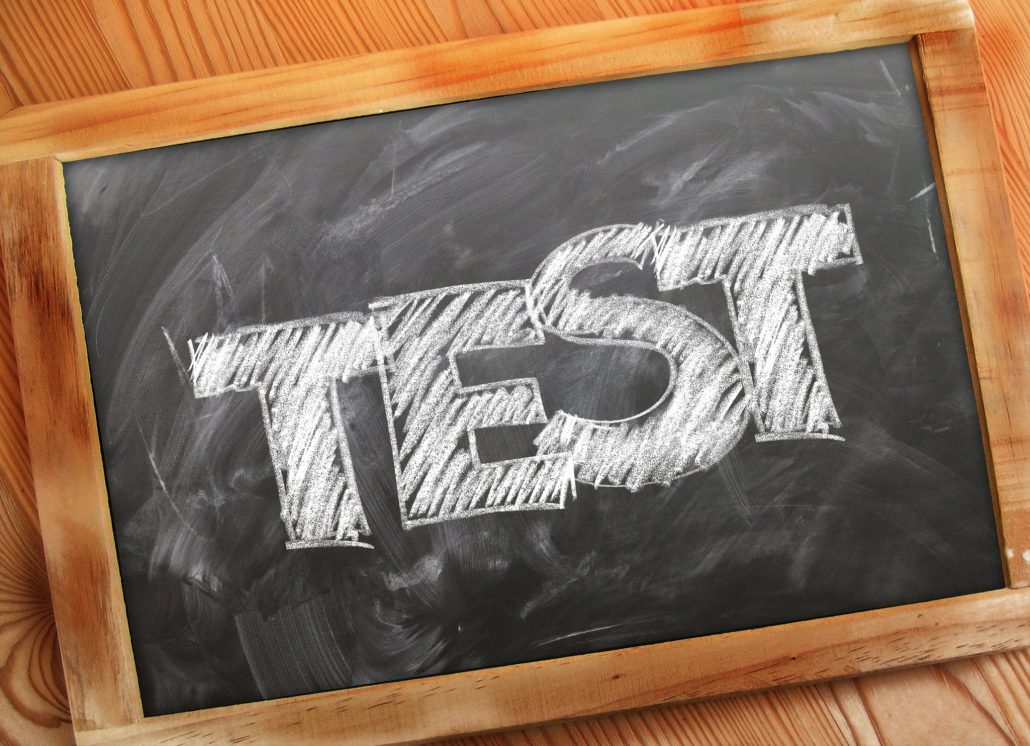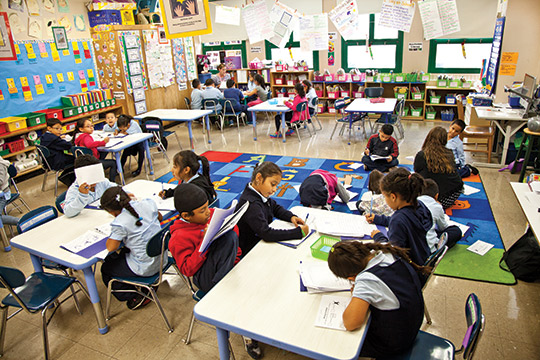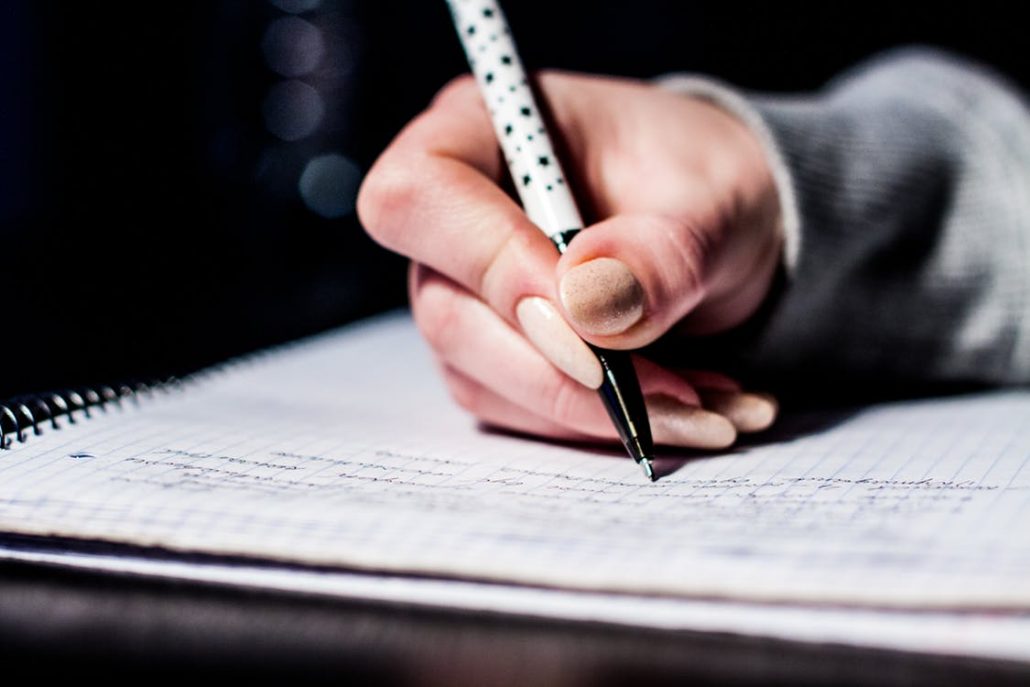Teaching Self-Advocacy in the Classroom

As teachers, we aim for our students to become more autonomous and confident as the year progresses. In addition to the content area that we are instructing and the academic skills they will need moving forward, educators also focus a great deal of instruction on essential life-long learning skills. Self-advocacy is one of these essential skills that students must master, not only for their education, but for basic functioning and socialization throughout life. In addition to parents working to build self-advocacy skills at home, teachers can assist in that development as well by providing students with specific tools and practices to ensure that their voices are heard and understood. And the earlier children begin advocating, the better.
Self-advocacy is all about vocalizing one’s needs. However, the key to teaching children how to advocate for themselves starts with helping them to recognize their own needs. It is difficult to ask for help when you don’t know what exactly you need help doing. For some students, especially younger or inherently shy children, asking a teacher for help can be intimidating. Because of this, educators should equip students with multiple methods and strategies to foster self-advocacy and decision-making skills.
- Teachers may choose to explicitly instruct students about what it means to be your own advocate. Depending on the age and needs of the students, the talking points could vary from classroom to classroom, but the take-away is the same: self-advocacy is all about speaking up for what you need and finding ways to obtain those needs with or without someone’s help.
- Teachers should also be sure to stress the fact that listening is a key component of self-advocacy. Yes, self-advocates are expected to speak up; however, they are also expected to listen to the answer or response that they are seeking. Talk about how eye contact, body position, nodding, etc. are practices to enhance and demonstrate active listening skills. Remind students that, if listening attentively, they should be able to summarize or paraphrase what the other person just said.
- For students to become strong self-advocates, they must be able to reflect and self-assess. Teachers should prompt students to consider their strengths and weaknesses as learners. The answers to questions like, “What are you good at?” “What do you often need help doing?” “How do you feel that you learn best?” allow students to see themselves as learners in progress. This self-reflection also encourages students to recognize in which scenarios they will need to stretch their self-advocacy muscle by asking for assistance.
- Students can also learn a great deal about how to advocate for themselves as learners by looking at their likes and dislikes in school. Ask students to not only list their likes and dislikes, but explain why they feel that way about certain activities. A student who admittedly hates reading because he struggles to remember what he read will begin to understand that comprehension, summarizing, and recall are skills that he may need help developing.
- For students that are exceptionally shy or hesitant to speak up, self-advocacy can be a challenging practice. Encourage these reluctant students by providing alternative options for them to voice their questions, concerns, and comments. With the help of technology, teachers are able to poll students digitally and see their responses in real time. Teachers can also provide students with a question or suggestion box, in which students can convey their needs in writing without getting the whole class involved. Teachers can also help students begin to feel more at ease about speaking up for themselves by creating small group activities, partnered work, academic language frames, sentence starters, and call-and-response practices. These types of activities remove the intimidation factor and allow the more reserved students the opportunity to practice self-advocacy.












